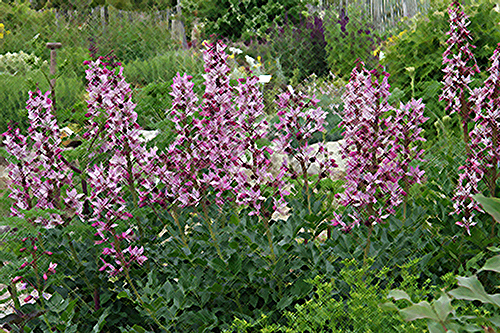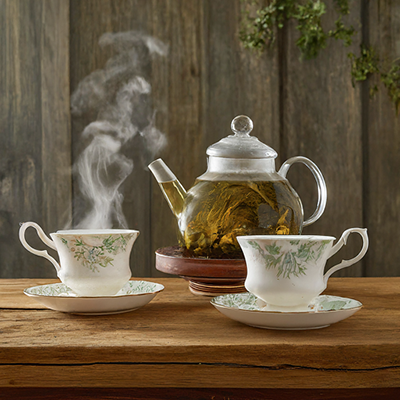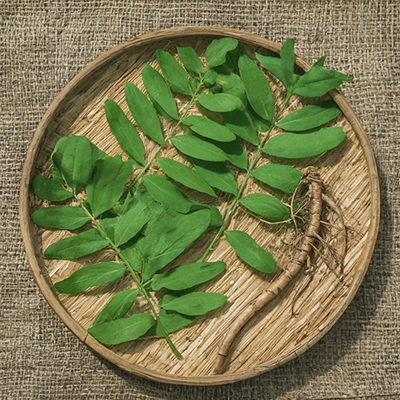Contents
The fraxinella plant is beautiful and fragrant. Andrea Mattioli, the most outstanding translator of Dioscorides, said regarding fraxinella, “This fact proves that nature has bestowed excellent virtues on it.” This Renaissance physician’s explanation is interesting. Fraxinella is beautiful; therefore, it is good. Thus, many baseless virtues were allegedly attributed to fraxinella until the 20th century. Its valid properties are currently well-known.

Fraxinella Scientific Facts
- Scientific Name – Dictamnus albus L.
- Other Names – Bastard dittany, burning bush, dittany, false dittany, gas plant, diptam.
- French – Dictamme.
- Spanish – Díctamo.
- Environment—Although uncommon, the plant grows wild in southern and Central Europe. It is cultivated as an ornamental plant in gardens and parks and as a medicinal herb.
- Description—This vivacious plant of the Rutaceae family grows from 50 to 70 cm high. Its leaves resemble a bird’s tongue, and its large, aromatic, white or pink flowers are fragrant.
- Parts of the plant used medicinally – The leaves and the root’s bark.
Fraxinella Plant Benefits

The plant contains an essential oil rich in anetol and estragol, bitter components and choline, and dittammine, an alkaloid that acts on the uterus. Fraxinella has emmenagogue, digestive, antispasmodic, vermifuge, stimulating, and diuretic properties. It is a general stimulating substance for the body. It is an ingredient in many medicinal herb concoctions because of its delicate aroma.
Warning
The Fraxinella plant can cause miscarriage and uterine bleeding when administered in high doses. Contraindicated for pregnant women.

Royal Dittany
A variety of this plant that grows in America is royal dittany (Dictamnus fraxinella L.), which is very similar to the European type and has the same medicinal properties. Both species are frequently called fraxinella, so mistaking them is not risky.
How to use Fraxinella
- Infusion with a teaspoonful (5 grams) of fresh leaves or a tablespoonful of dry leaves per cup of water. Some grams of ground bark can be added to the infusion. Drink up to two cups a day.
DISCLAIMER: All content on this website is presented solely for educational and informational objectives. Do not rely on the information provided as a replacement for advice, diagnosis, or treatment from a qualified medical expert. If you are pregnant, nursing, or have any preexisting medical concerns, talk to your doctor before using any herbal or natural medicines.
REFERENCES
- George D. Pamplona-Roger, M.D. “Encyclopedia of Medicinal Plants.” George D. Pamplona-Roger, M.D. Encyclopedia of Medicinal Plants. Ed. Francesc X. Gelabert. Vols. 1 San Fernando de Henares: Editorial Safeliz, 2000. 358. Print.[fraxinella plant]
- Plants For A Future (PFAF) Database: https://pfaf.org/user/Plant.aspx?LatinName=Dictamnus+albus
- WebMD: https://www.webmd.com/
- National Institutes of Health (NIH): https://www.nih.gov/
- American Botanical Council: http://abc.herbalgram.org/
Last update on 2025-05-09 / Affiliate links / Images from Amazon Product Advertising API

